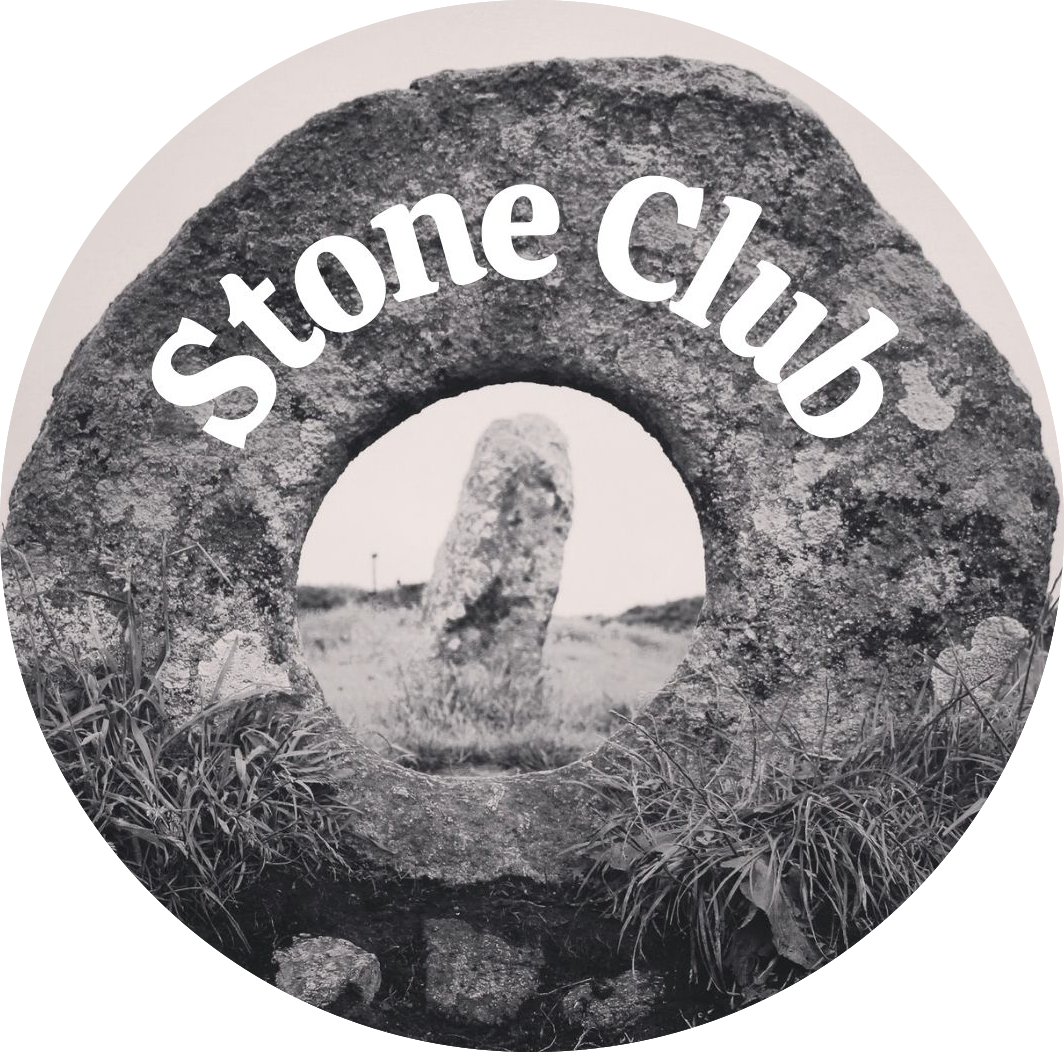Claire Carroll (Member no: 153)
Le Couperon Dolmen, Jersey
Like much of Jersey’s coastal edges, the site at Le Couperon has multiple histories, all existing on top of each other. Time feels like it all swirls together when you spend time on these sites.
In September 2021, I was in Jersey in the Channel Islands, on a creative writing research trip. I spent my early years on the island and have family that have lived there for generations, but due to the pandemic I hadn’t made it over for a while. I spent a week visiting places that I remembered from childhood, taking photographs and notes. One late afternoon, I got a lift to Le Scez, a tiny, rocky beach at the island’s north-east corner. The French coast is hyper-visible from the beaches at this end of the island; as I walked along the shoreline my phone buzzed intermittently, welcoming me to the French network.
At the top of Le Scez is a tiny carpark and a Neolithic dolmen. The day I visited it was lit up dramatically—almost too brightly—by the afternoon sun. It was smaller than I remembered. Next to the dolmen is a hut, a guardhouse, built using local stone in 1689 and was used as a shelter for Jersey militia. Like much of Jersey’s coastal edges, the site at Le Couperon has multiple histories, all existing on top of each other. Time feels like it all swirls together when you spend time on these sites. From the dolmen I walked along the coastal path and woodland towards Rozel bay, and all the while my phone would skip forward and behind an hour as I dipped in and out of range of France.







